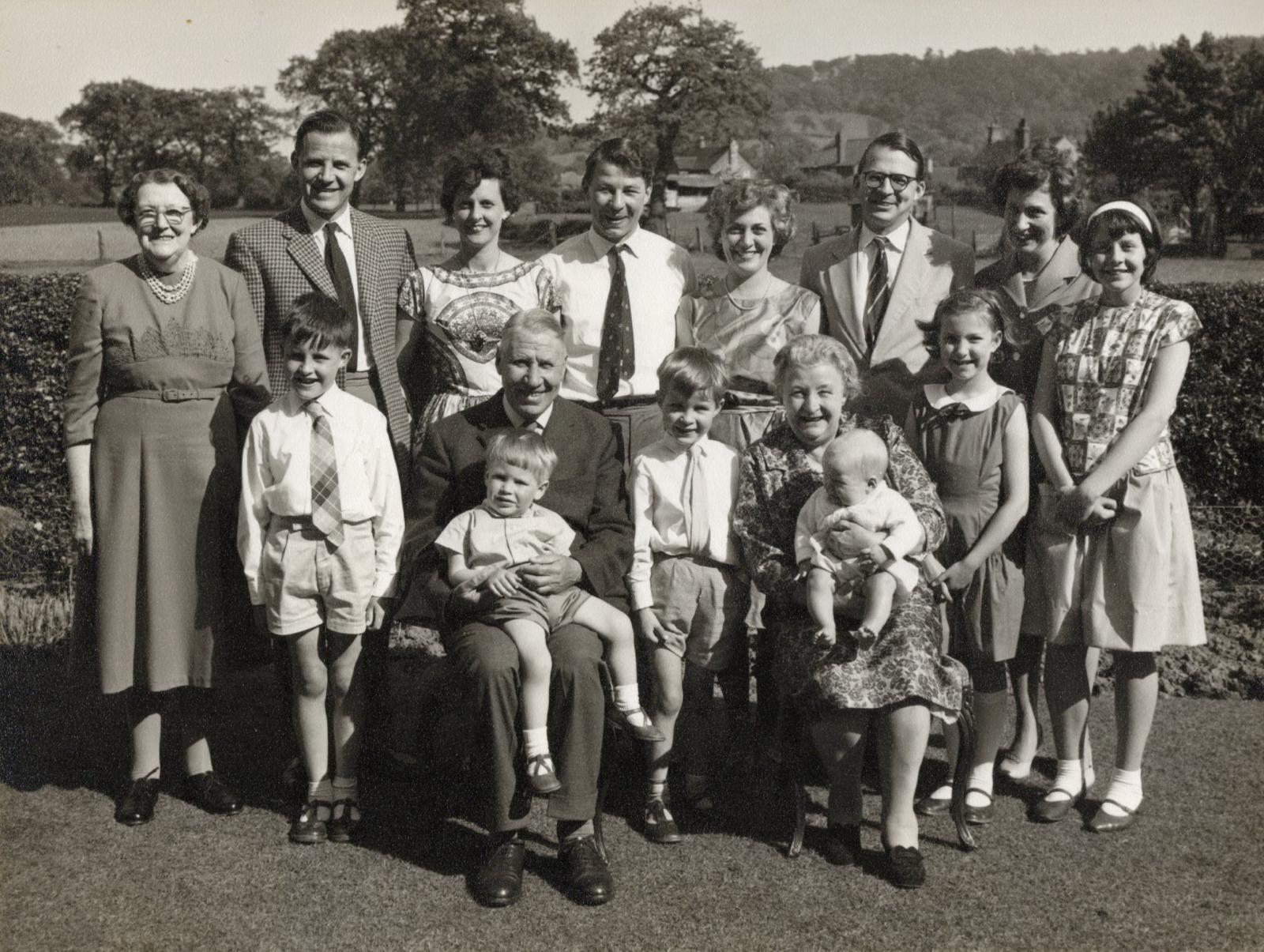Hungry for hotpot? Sick of Southerners tearing your rag pudding to shreds? Emily Manock and Emily Moss head home to take on churlish attitudes towards Northern food.
Scouse. Butter pie. Chicken parmo. Stottie. You might be forgiven for thinking these are insults. They are actually all traditional English dishes. And, like many traditional dishes in the notoriously (and some would say, undeservedly) ill-reputed cuisine of this green and pleasant land, they all share simple ingredients, unpretentious preparation methods, and working-class roots.
Take rag pudding, for example. It’s a savoury pudding made up of minced meat and onions, wrapped in suet pastry, usually smothered in gravy and served with chips. It has its origins in the north of England – specifically in Oldham, Lancashire, where it remains available in local bakeries and butchers’ shops – and dates back to the 19th century. It was developed as a quick lunch or dinner for manual labourers working in Lancashire’s mills during the Industrial Revolution.
For 84-year-old Susan Pitts, a retired schoolteacher who grew up in a family of manual labourers in Lytham-St-Anne, Lancashire, rag pudding was a favourite dish. “I ate rag pudding a lot growing up. But it was quite a treat. We only had it once a week, on the weekends.”

In modern times, though, rag pudding, like many dishes with working-class origins, has increasingly been shunned. According to recent government data, traditional British staple foods like red meat, milk, bread, and potatoes –historically key components of the working-class diet – are falling out of favour with the public. As the cost of living worsens, and plant-based diets increase in popularity, meat and diary are no longer the mainstays of our evening dinners.
“Whatever the poor eat will be denigrated. We generally denigrate whatever is easily affordable”
Diane Purkiss
“Like clothes and housing, food is both a material need shared by all humanity and a class indicator,” says food historian Diane Purkiss, who specialises in the relationship between food and class. “A surprisingly large number of food choices are dictated by perceived social status, and this can be seen as historically variable.”
The consensus has always been that the lower the class, the poorer quality the diet. Higher quality meat, dairy, and even fruit and vegetables often cost more than processed and canned foods. “Whatever the poor eat will be denigrated. We generally denigrate whatever is easily affordable,” says Purkiss.
This relationship has filtered over into popular culture, too: early 2000s TV shows like Fat Families demonised overweight, typically working-class, participants. Traditions like a ‘chippy tea’ from the fish and chip shop on Fridays, or wolfing down Greggs sausage rolls and pasties, are widely perceived as lower-class habits. In 2012, George Osborne’s so-called ‘Pasty Tax’ drew allegations of classism for targeting the low-cost pastries that are popular among the working classes.

Since the Medieval times, more expensive foods have been perceived as the dietary gold standard. As Purkiss notes: “Going back to Henry VIII and his dinner table, the rich would have been dining on haunch of venison, and the poor would have been eating ‘umble pie, made from venison offal.”
My (Emily Moss’) grandma, 87-year-old Hilary Heald, grew up near Blackburn, Lancashire. Her working-class family always tried to save money on food. This attitude translated to how she raised her own family many years later. “We used to eat lots of cheaper dishes like stews with lots of potatoes and preserved meats,” she says. “I did the same with my family as my mother had done with us. We made do with what we had.”
For my grandma, many traditional dishes still form a huge part of her diet – pies, Lancashire hotpot, and boiled cabbage are a few favourites – but the popularity of these staples is declining among younger generations.
There is also a growing disgust around these foods, historically identified with our culture. As a Bury native, I frequently experienced this with black pudding – a type of blood sausage.
I was somewhat aware of the fact that the dish was controversial, but I was surprised that my carnivorous friends were also disgusted. This was not the first time I dealt with this – corned beef sandwiches had earned me similar raised eyebrows at university.

The questioning of my culture has been an uncomfortable part of moving down South. Food is a huge part of identity and having to explain it to people who didn’t have the same family history of labour jobs was, at best, irritating.
David Manock, 55, another Lancashire native and my (Emily Manock’s) dad, says: “I always remember my mam’s budget book, where she’d scribble down what she’d spent on food that week. Platemeat pie [a dish made from a cheap cut of meat from the belly of the cow] was probably one of my favourites overall, but I’d also spent a lot of my childhood heating up convenience freezer food if she was working or caring for our nan.”
“The working classes are more sensible and pragmatic. Nevertheless, there are expensive and labour-intensive foods which are regarded as incredibly grand by some social classes and as incredibly naff by others,” concludes Purkiss.
Ask any child from a working-class background and they will often make the link between their family’s limited means and the meals they remember fondly. Chuckling at the intense budgeting of our grandparents while recreating their meals is how we celebrate the joy and resourcefulness found in those harder times.